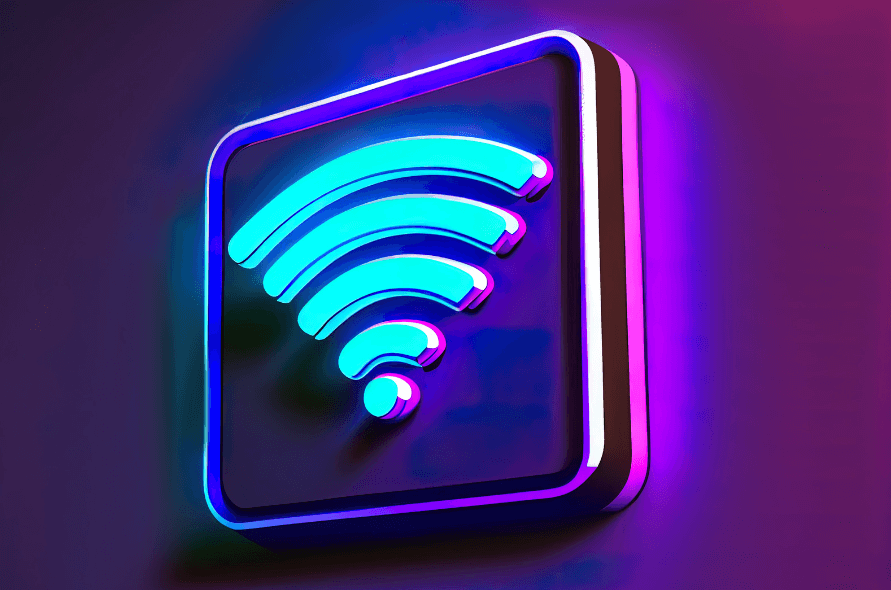Debunking the Myth: No, Wi-Fi Doesn’t Cause Cancer
The omnipresence of Wi-Fi in our daily lives has given rise to a plethora of discussions concerning its safety. One particularly enduring myth is the notion that exposure to Wi-Fi signals can cause cancer. However, meticulous scientific research has demonstrated that this assertion lacks solid foundation. Herein, we embark on a mission to debunk this myth, armed with scientific evidence and expert opinions.
The myth seems to have originated from concerns related to the emission of radiofrequency (RF) electromagnetic fields (EMFs) by Wi-Fi routers and devices. Since RF-EMFs are a type of non-ionizing radiation, there’s a common misconception that they might be harmful to human health, possibly leading to cancer. However, this is a misunderstanding of the scientific terminology and the principles of radiation.
Radiation is essentially energy traveling through space. It can be categorized into ionizing and non-ionizing radiation. Ionizing radiation, such as X-rays and gamma rays, has enough energy to remove tightly bound electrons, which can damage the DNA in cells and thereby increase the risk of cancer. Non-ionizing radiation, on the other hand, doesn’t have enough energy to ionize atoms or molecules, including the removal of electrons. Wi-Fi operates in the microwave frequency of non-ionizing radiation, similar to cell phones and microwave ovens (1).
Numerous scientific studies have been conducted to evaluate the health risks associated with RF-EMFs emitted by Wi-Fi. The World Health Organization’s International Agency for Research on Cancer (IARC) classified RF-EMFs as possibly carcinogenic to humans (Group 2B), based on an increased risk of glioma, a malignant type of brain cancer (2). However, it’s crucial to note that this classification is based on limited evidence and is the same classification as pickled vegetables and coffee.
Moreover, extensive research reviews conducted by other reputable organizations, such as the Federal Communications Commission (FCC) and the European Commission Scientific Committee on Emerging and Newly Identified Health Risks (SCENIHR), have found no consistent evidence to support a causal link between RF-EMF exposure and cancer (3, 4). These findings are echoed by the American Cancer Society, which emphasizes the lack of a scientific basis for linking Wi-Fi exposure to cancer risk (5).
For instance, let’s consider studies that have explored the correlation between cell phone use and brain cancer, given that cell phones also emit RF-EMFs. A comprehensive study by the National Toxicology Program (NTP) found no clear evidence that RF radiation from cell phones is associated with cancer in rats or mice (6). Similarly, epidemiological studies in humans have not found a consistent link between cell phone use and brain tumors (7).
One might wonder why such myths continue to pervade public discourse despite the lack of solid scientific evidence. A significant reason is the misunderstanding or misinterpretation of scientific findings. Sensationalism in the reporting of scientific results can also contribute to the spread of misinformation, as can the human propensity to focus on potential risks, no matter how small or unsupported by scientific evidence.
In conclusion, the current breadth of scientific research does not substantiate the claim that Wi-Fi exposure causes cancer. While it is always prudent to continue researching the long-term effects of technology, it is equally essential to base our conclusions and actions on well-established scientific facts. By doing so, we ensure that our health decisions are informed, rational, and conducive to wellbeing.
Sources:
- American Cancer Society. “Microwaves, Radio Waves, and Other Types of Radiofrequency Radiation.” https://www.cancer.org/cancer/cancer-causes/radiation-exposure/radiofrequency-radiation.html
- International Agency for Research on Cancer, WHO. “IARC Classifies Radiofrequency Electromagnetic Fields as Possibly Carcinogenic to Humans.” https://www.iarc.who.int/wp-content/uploads/2018/07/pr208_E.pdf
- Federal Communications Commission (FCC). “Wireless Devices and Health Concerns.” https://www.fcc.gov/consumers/guides/wireless-devices-and-health-concerns
- Scientific Committee on Emerging and Newly Identified Health Risks (SCENIHR). “Potential Health Effects of Exposure to Electromagnetic Fields.” https://ec.europa.eu/health/scientific_committees/emerging/docs/scenihr_o_041.pdf
- American Cancer Society. “Cell Phones and Cancer Risk.” https://www.cancer.org/cancer/cancer-causes/radiation-exposure/cell-phones.html
- National Toxicology Program (NTP). “High Exposure to Radio Frequency Radiation Associated with Cancer in Male Rats.” https://ntp.niehs.nih.gov/whatwestudy/topics/cellphones/index.html
- National Cancer Institute. “Cell Phones and Cancer Risk.” https://www.cancer.gov/about-cancer/causes-prevention/risk/radiation/cell-phones-fact-sheet






